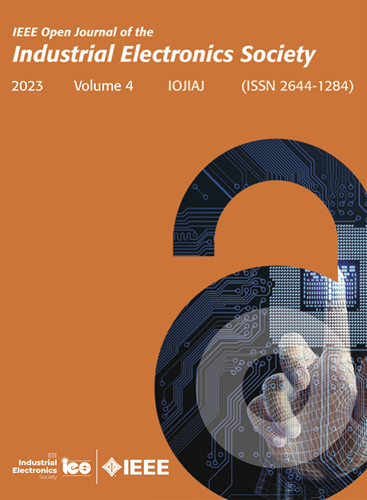基于神经网络的太阳能与ESS交直流集成系统(MARS)功率失配消除策略
IF 7.2
1区 工程技术
Q1 AUTOMATION & CONTROL SYSTEMS
引用次数: 0
摘要
多端口自主可重构太阳能发电厂(MARS)是将光伏(PV)和储能系统(ESS)集成到输电交流电网和高压直流(HVdc)链路上的一个有前途的概念。在MARS的每个臂上存在PV和ESS,导致不同子模块(SMs)之间有功功率分布不均匀,从而导致SM电容器电压不平衡,并可能影响系统的稳定性。此外,在部分遮阳的情况下,遮阳的光伏SMs将受到功率注入减少的影响,从而导致MARS系统中的功率不匹配。为了解决这个问题,本文提出了一种基于神经网络的功率不匹配消除(NNPME)策略。提出的NNPME策略优化了ESS的使用,并利用直流和交流循环电流来促进SMs,武器和MARS系统阶段之间的电力传输。仿真和控制硬件在环(cHIL)实验验证了所提NNPME策略的有效性。与传统方法相比,所提出的NNPME策略可以显著提高系统效率,保证系统在功率分布不均匀的情况下稳定连续运行。本文章由计算机程序翻译,如有差异,请以英文原文为准。
A Neural Network-Based Power Mismatch Elimination Strategy for Integrated Solar and ESS AC/DC Systems (MARS)
The multiport autonomous reconfigurable solar power plant (MARS) is a promising concept for the integration of photovoltaic (PV) and energy storage system (ESS) to the transmission ac grid and a high-voltage direct current (HVdc) link. The presence of PV and ESS in each arm of the MARS results in uneven distribution of active power among different submodules (SMs), thereby leading to unbalanced SM capacitor voltages and potentially compromising the system stability. Moreover, in the case of partial shadings, shaded PV SMs will suffer from decreased power injections causing power mismatch in the MARS system. To address this issue, a neural-network-based power mismatch elimination (NNPME) strategy is proposed in this article. The proposed NNPME strategy optimizes ESS usage and leverages both dc and ac circulating currents to facilitate power transfer among the SMs, arms, and phases of the MARS system. Simulation and control hardware-in-the-loop (cHIL) experiments demonstrate the effectiveness of the proposed NNPME strategy. Compared with the traditional approaches, the proposed NNPME strategy can significantly enhance system efficiency and ensure stable and continuous operation, even in the presence of uneven power distribution within the MARS system.
求助全文
通过发布文献求助,成功后即可免费获取论文全文。
去求助
来源期刊

IEEE Transactions on Industrial Electronics
工程技术-工程:电子与电气
CiteScore
16.80
自引率
9.10%
发文量
1396
审稿时长
6.3 months
期刊介绍:
Journal Name: IEEE Transactions on Industrial Electronics
Publication Frequency: Monthly
Scope:
The scope of IEEE Transactions on Industrial Electronics encompasses the following areas:
Applications of electronics, controls, and communications in industrial and manufacturing systems and processes.
Power electronics and drive control techniques.
System control and signal processing.
Fault detection and diagnosis.
Power systems.
Instrumentation, measurement, and testing.
Modeling and simulation.
Motion control.
Robotics.
Sensors and actuators.
Implementation of neural networks, fuzzy logic, and artificial intelligence in industrial systems.
Factory automation.
Communication and computer networks.
 求助内容:
求助内容: 应助结果提醒方式:
应助结果提醒方式:


